Queen Victoria’s Journal: the Great Exhibition in 1851
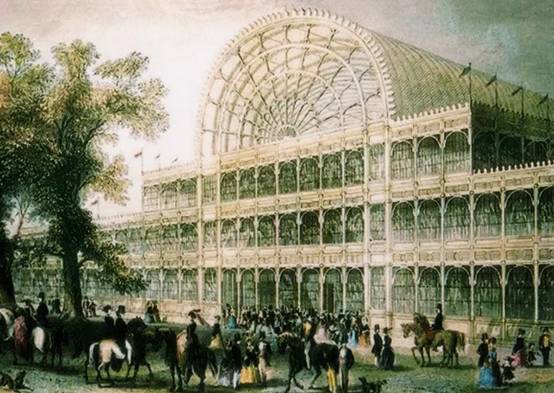
Official Title: The Great Exhibition of the Works of Industry of All Nations
Duration:May 1 to October 11, 1851
Theme: Industry of all Nations
Classification: Universal Expo
Sponsor: The Royal Commission
Visitors: 6,039,195
Size: 10.4 Hectares
Participating Countries: 25
World Expo came into being in the face of the victory of free trade policy and in response to the need for establishing new economic ties between different countries. With the efforts of Prince Albert, Queen Victoria’s husband, and the inventor Henry Cole, the Great Exhibition achieved a great success.
The Great Exhibition in 1851, known as the Great Exhibition of the Works of Industry of All Nations, was the first international exhibition during the Victoria Period. The Exhibition was held from 1 May to 11 October, 1851, lasting for more than 5 months, and attracted 6,039,195 visitors.
Difficult startup
Henry Cole, a senior assistant-keeper of Public Record Office, began to participate in various prize-winning design competitions organized by the Society of Arts from 1845. In 1849, Cole visited the 11th Quinquennial Paris Exhibition, and heard that Mr. Buffett had ever tried to internationalize the French fair but failed
After returning to England, Cole had a chance to discuss with Prince Albert about the possibility to make London Exposition a World Expo. Prince Albert firmly decided that “the exhibition must include foreign products”, and “it will be international.”
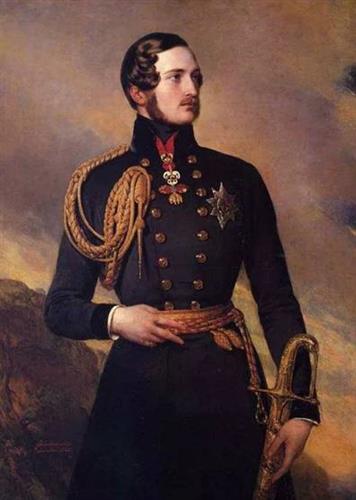
Prince Albert
A large-scale public meeting was held at the residence of Mayor of London on October 17, 1849. As the authorized spokesman of Prince Albert, Henry Cole described the whole plan to influential businessmen and bankers in London. The Royal Commission was set up On January 3, 1850. However, in addition to tight time, the Royal Commission faced great challenges, especially three major ones: to find the necessary funds; to deal with the objection backed up by the leaders of The Times and the members of the Houses of Parliament, about using Hyde Park as the Expo site because they thought it would destroy the woods inside; to solve the problems of the exhibition hall itself.
Albert, leave those trees!
Notice where you open the fair,
Be kind, please don't,
Destroy London Road.
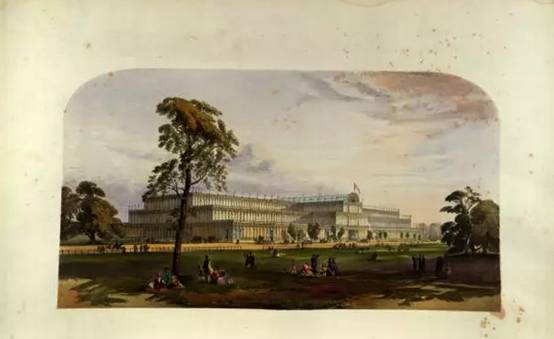
The Crystal Palace in Hyde Park
At that time, the attack on Queen Victoria and the death of Sir Robert Pierre made desperate Prince Albert almost give up. However, a series of things that could only be called miracles reversed the situation.
First, a deposit of £250,000 solved the financial problem. Then the Houses of Parliament unexpectedly agreed with an absolute majority to hold the exhibition in Hyde Park. Finally, the gardener, Joseph Paxton, provided a solution to the construction. The networking veins of thick and strong leaves of Victoria amazonica inspired Paxton to design and construct the greenhouse supporting structure of Charles Wentz villa in Devonshire.
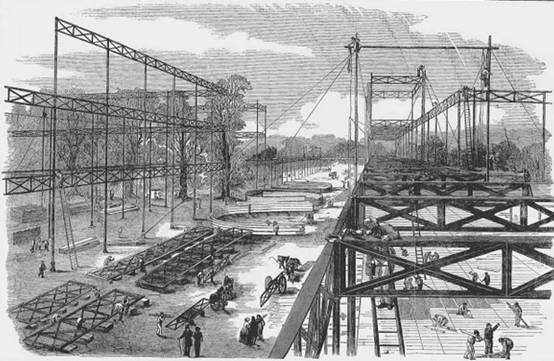
The Crystal Palace under construction
The construction lasted for 9 months, and the whole building was a vivid example of the modern large-scale production technology. The frame was made of iron, and the main body was made of glass from Birmingham and its neighboring town Smethwick. The building amazed the world after completion and was known as “the Crystal Palace”.
Queen Victoria’s Journal

A Scene of the Opening of the Great Exhibition
On May 1, 1851, the Great Exhibition of the Works of Industry of all Nations was officially opened.
At that night, Queen Victoria wrote the following words:
"This day is one of the greatest and most glorious days of our lives, with which, to my pride and joy the name of my dearly beloved Albert is forever associated!
The Park presented a wonderful spectacle, crowds streaming through it, - carriages and troops passing, quite like the Coronation Day, and for me, the same anxiety.
I never saw Hyde Park look as it did, being filled with crowds as far as the eye could reach.

A little rain fell, just as we started, but before we neared the Crystal Palace, the sun shone and gleamed upon the gigantic edifice, upon which the flags of every nation were flying.
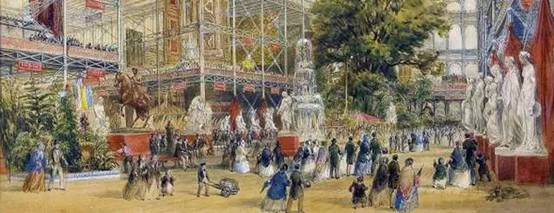
We went to the machinery part, where we remained 2 hours, and which is excessively interesting and instructive, and fills one with admiration for the greatness of man’s mind. What used to be done by hand, and used to take months doing is now accomplished in a few instants by the most beautiful machinery. We saw 1st the cotton machines from Oldham. …Mr. Whitworth’s planning of iron tools, - another, for shearing and punching iron of just 1/2 an inch thick, doing it, as if it were bread!
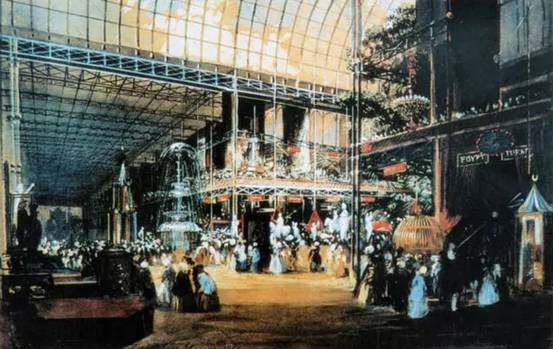
What was particularly interesting was a printing machine on the vertical principle, by which numbers of sheets are printed, dried, and everything done in a second. …We saw principally Hydraulic Machines, pumps, filtering machines of all kinds, machines for purifying sugar, the molasses being separated from the pure sugar, — in fact, every conceivable invention.
The Times wrote , “All races of the world are mobilized for the same purpose for the first time since the creation of the world." After the opening, visitors came in continuous streams, including a number of celebrities.
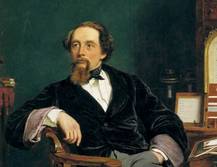
Charles Dickens:
The Exhibition worn me out
I cannot complain about nothing good to see – In fact, there are too many to see. I only went twice and lost my way at last.
Hot Exhibits
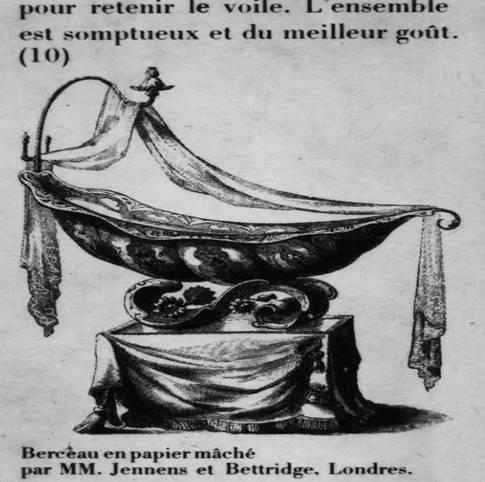
A paper cradle made by MM. Jennens and Bettridge
With the efforts of several handicraftsmen, the pulp began to be used to make large-sized articles of utility, thus becoming an important branch of industrial art. It was able to use the pulp to make furniture, not only light, but beautiful, such as work tables and boxes which were secured and stable, and chairs and long sofas in living rooms. The painting of cradle titled “Victoria Amazonica”was created by an excellent sculptor, Mr. Bell. The cradle looked like a shell, with the dark ground color, and it was carved with rose-colored heraldry, black solanum nigrum and poppy. Its base was decorated by Victoria amazonica which was beautifully hovering over the cradle and prop up the veil. The entire work looked extremely gorgeous with an extraordinary taste.
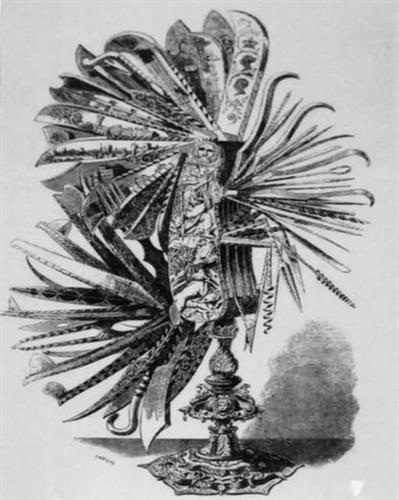
A mobile dagger with 80 kinds of blades and tools
The UK usually exhibits the products of its own country in the Crystal Palace. Foreign Exhibits Areas are full of pure artworks, and the UK Exhibition Area exhibits a lot of articles of utilities. On the platform of Sheffield Cutlery Company, there is a dagger with 500-600 kinds of blades and 250 different scissors. In addition, there are large-sized glass products, light towers and telescope with exquisite workmanship.
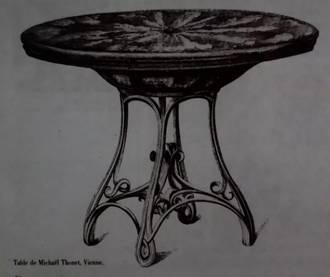
Table made by Michael Thunel Vienne
The table is designed and manufactured by Michael Vienne. It is inlaid and montage with different colors of timbers. With sophisticated patters, the table looks very charming. It is supported with a semicircular support with a very special shape and structure: the table is made of rose wood, and the texture of the rose wood is perfectly adaptable to the beautiful arc of the support, light and agile, giving a new life to the timber with poor plasticity.
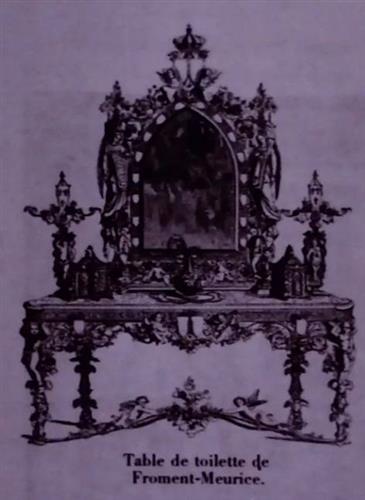
Dressing table made by Froment-Meurice
When it comes to elegance, lightness and harmony, no one can outstrip Froment-Meurice. Let’s have a look at the dressing table he made for Duchess of Parma. The exquisite carvings exchanged with sweat and the harmonious scales are rarely seen in the world. The rilievos carved on enamel and nielli decorate the tabletop and mirror frames, making the dressing table perfect. The Gothic style jewelry box, candle holder, tea sets are made of gold and silver, becoming a finishing touch of this table.
The Exhibition’s success promoted the cultural development of London
The Great Exhibition attracted nearly 6 million visitors and the host gained a profit of about £186,000. The profit was used to finance some cultural and educational institutions, such as Geological Museum, Natural History Museum, Manufacturing Museum (now the Vitoria and Albert Museum) and Imperial College London.
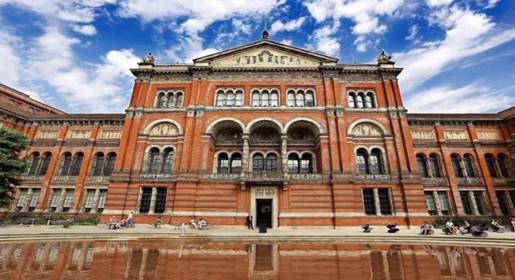
Victoria and Albert Museum
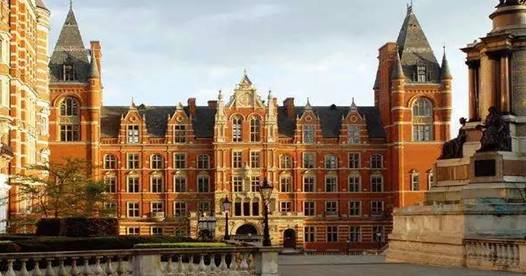
Imperial College London
